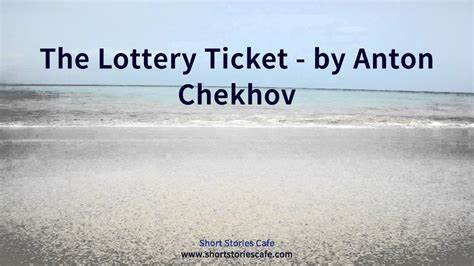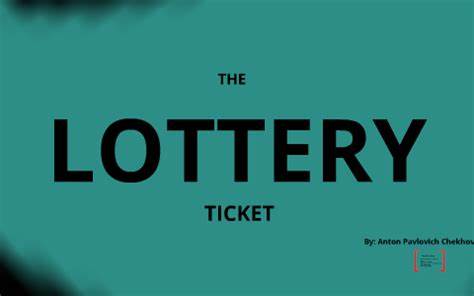Discover the Key Characters in "The Lottery Ticket" by Anton Chekhov on Jilino1
An Academic Analysis of Contemporary English Literature: Narrative Structure, Thematic Development, and Rhetorical Devices


Abstract
This article presents a comprehensive academic analysis of contemporary English literature, focusing on narrative structure, thematic development, and the use of rhetorical devices. Emphasizing key concepts such as literary analysis, character development, and stylistic innovation, the study provides insights into how modern literary works engage audiences through sophisticated narrative techniques and deliberate thematic exploration.
1. Introduction
The study of contemporary English literature involves a critical examination of narrative techniques, thematic constructs, and rhetorical strategies that shape modern texts. This article aims to analyze key aspects of literary works as they appear in current academic discourse, with an emphasis on the role of narrative structure, thematic development, and the employment of rhetorical devices. Fundamental keywords such as English literature, narrative structure, thematic development, and rhetorical devices serve as the basis for this analysis, highlighting the evolution of literary expression in the digital age.
2. Narrative Structure in Contemporary Literature
2.1 Defining Narrative Structure
Narrative structure refers to the organized framework within which a story is told. In contemporary English literature, authors often experiment with non-linear timelines, multiple perspectives, and fragmented storytelling. These techniques not only challenge traditional narrative conventions but also invite readers to engage in a more active interpretation of the text. Emphasis on narrative structure is central to understanding how modern texts create layered and multifaceted storytelling experiences.
2.2 Analysis of Narrative Techniques
Modern literary works frequently incorporate innovative narrative techniques such as flashbacks, stream of consciousness, and unreliable narration. These methods serve to deepen character development and enhance thematic complexity. The strategic use of these techniques allows authors to explore complex human experiences and social realities. Keywords like flashbacks, stream of consciousness, and unreliable narration are integral to the discussion of contemporary narrative strategies.
3. Thematic Development
3.1 Exploration of Central Themes
Themes in contemporary English literature often reflect current social, political, and cultural issues. Authors explore topics such as identity, alienation, globalization, and the impact of technology on society. The deliberate construction of themes serves to engage readers in critical reflections on the human condition. The frequent use of the term thematic development underscores the importance of deep, multilayered exploration of central ideas within literary texts.
3.2 Integration of Themes with Narrative Structure
The integration of thematic content with narrative structure is a hallmark of contemporary literary analysis. Authors craft their narratives to reflect and reinforce the themes they wish to explore, creating a cohesive and immersive reading experience. This synergy between form and content is crucial for conveying complex messages and engaging readers on multiple levels. Keywords such as theme integration and literary cohesion are essential for analyzing the interplay between narrative form and thematic substance.
4. Rhetorical Devices and Stylistic Innovation
4.1 Use of Rhetorical Strategies
Rhetorical devices, including metaphor, simile, and irony, are extensively employed in contemporary texts to enhance the expressive quality of the narrative. These devices serve not only to embellish the prose but also to deepen the reader’s understanding of underlying themes. The frequent employment of rhetorical devices is pivotal in creating compelling and persuasive literary works.
4.2 Stylistic Innovation in Language and Form
Contemporary authors often push the boundaries of traditional language use, employing innovative stylistic choices that reflect the complexity of modern life. The use of colloquial language, fragmented syntax, and digital vernacular are examples of how writers adapt their style to resonate with contemporary audiences. Emphasis on stylistic innovation highlights the ongoing evolution of literary form in response to cultural and technological changes.
5. Conclusion
The analysis of contemporary English literature reveals a dynamic interplay between narrative structure, thematic development, and rhetorical devices. Through innovative storytelling techniques and deliberate thematic exploration, modern literary works engage readers in complex, multilayered narratives that reflect current social realities. This study underscores the importance of integrating quantitative and qualitative approaches to fully appreciate the depth and nuance of contemporary literary expression.



